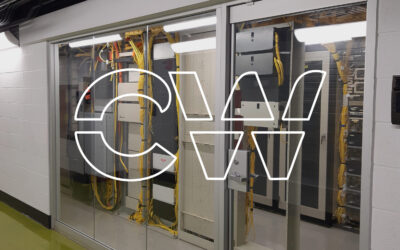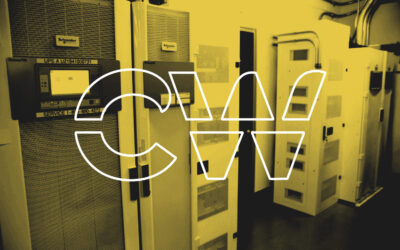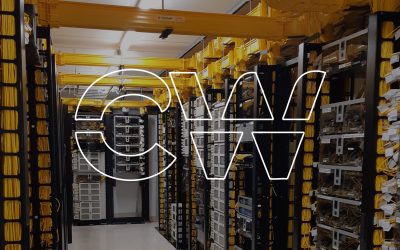The origins of colocation facilities can be traced back to the early days of the internet, when companies began to recognize the limitations of managing their own data centers. Building and maintaining an in-house facility required substantial upfront investment in real estate, hardware, and infrastructure, not to mention ongoing expenses for power, cooling, and maintenance. Moreover, businesses faced challenges related to scalability, redundancy, and security, as well as the need to keep pace with rapidly evolving technologies.
In response to these challenges, colocation providers began to emerge, offering shared data center facilities where businesses could rent space for their servers and equipment. By colocating their hardware in these facilities, companies gained access to state-of-the-art infrastructure without the burden of ownership and management. This model provided numerous benefits, including:

1. Cost Savings: Colocation eliminates the need for businesses to invest in expensive data center infrastructure, reducing capital expenditures and operational costs. Instead of building and maintaining their own facilities, organizations can leverage shared resources and pay only for the space and services they need.
2. Scalability: Colocation facilities offer flexible options for scaling up or down as business needs change. Whether expanding into new markets, launching new products, or accommodating seasonal fluctuations in demand, businesses can easily adjust their IT infrastructure without the constraints of physical space or capacity limitations.
3. Reliability: Colo providers typically offer robust infrastructure and redundancy measures to ensure high levels of uptime and availability. With redundant power supplies, backup generators, and advanced cooling systems, these facilities can withstand outages and maintain uninterrupted operation even in the face of unforeseen events.
4. Security: Colocation facilities employ stringent security measures to protect against physical and cyber threats. From biometric access controls and surveillance cameras to fire suppression systems and network security protocols, these facilities provide a secure environment for storing and accessing sensitive data.
5. Connectivity: They are often located in strategic hubs with access to multiple network providers, enabling businesses to establish high-speed connections and leverage diverse routes for data transmission. This connectivity is essential for supporting mission-critical applications, ensuring low latency, and maximizing performance.
The shift towards colocation reflects broader trends in the IT industry, including the growing adoption of cloud computing, virtualization, and software-defined infrastructure. As organizations embrace digital transformation and seek to harness the power of emerging technologies, the demand for flexible, scalable, and resilient infrastructure solutions continues to rise.
Colocation facilities offer a compelling alternative to traditional data center models, providing businesses with the agility and efficiency they need to compete in today’s fast-paced business environment.



